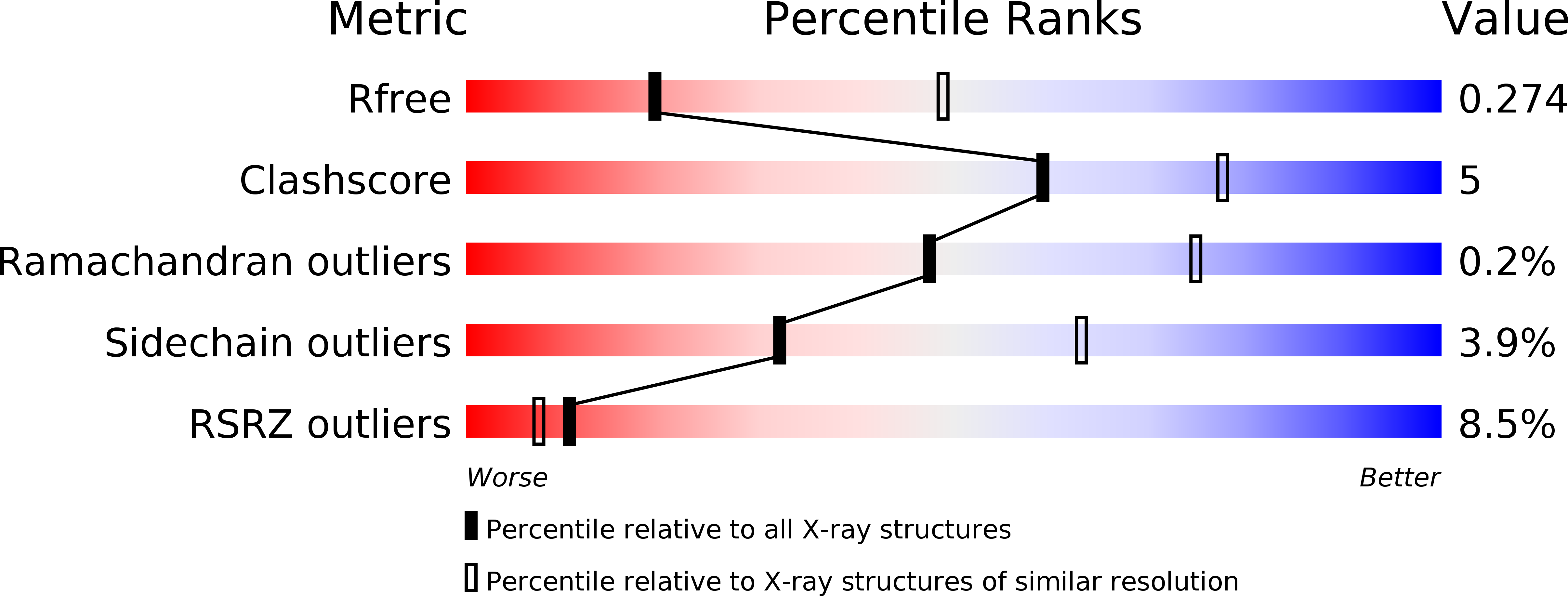
Deposition Date
2009-10-22
Release Date
2010-02-02
Last Version Date
2024-11-27
Entry Detail
PDB ID:
3KD7
Keywords:
Title:
Designed TPR module (CTPR390) in complex with its peptide-ligand (Hsp90 peptide)
Biological Source:
Source Organism:
UNIDENTIFIED (Taxon ID: 32644)
Host Organism:
Method Details:
Experimental Method:
Resolution:
2.85 Å
R-Value Free:
0.28
R-Value Work:
0.27
R-Value Observed:
0.27
Space Group:
H 3


